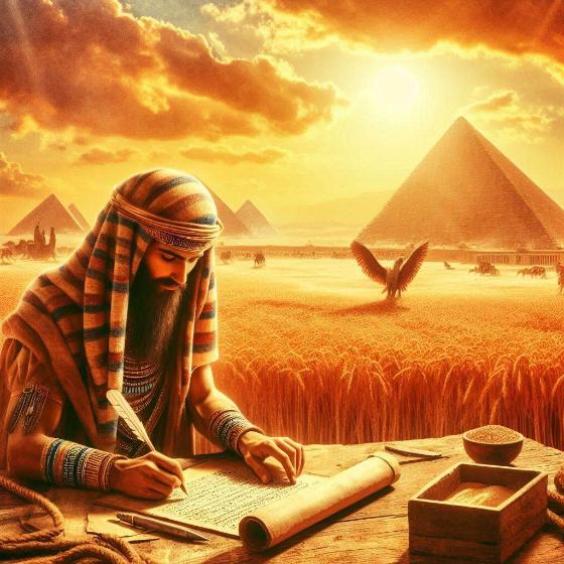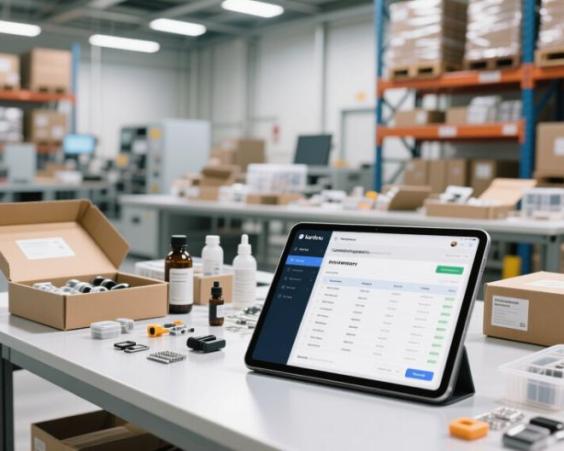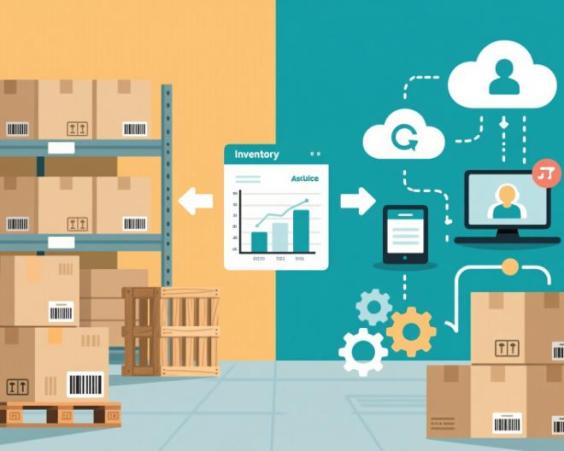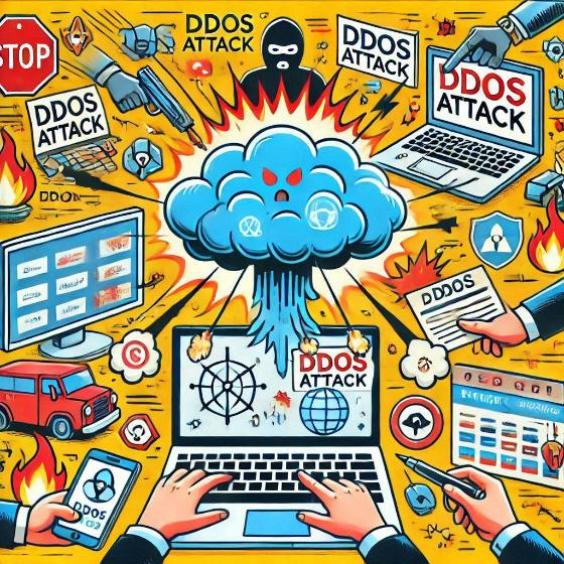The Role of GIFs and Memes in Modern Visual Marketing
In the current digital age, visual marketing has evolved significantly. Consumers are exposed to a large amount of visual content daily, which has led marketers to seek innovative ways to capture their attention. In this context, GIFs and memes have emerged as effective tools for attracting and retaining the target audience. In this article, we will explore the role of GIFs and memes in modern visual marketing.
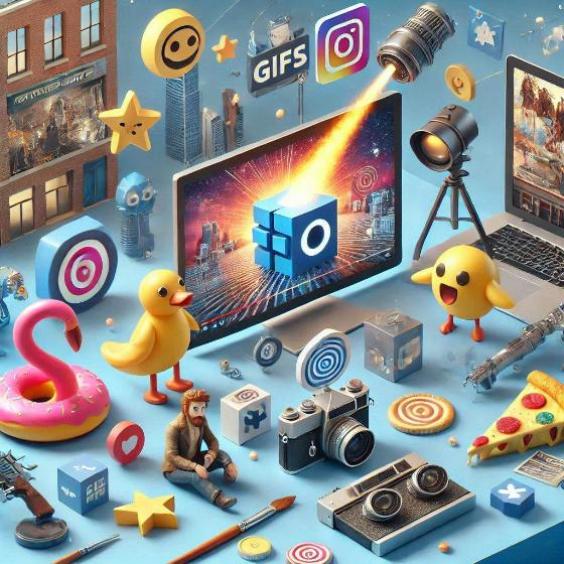
What are GIFs and memes?
Before delving into their application in marketing, it is important to understand what GIFs and memes are. A GIF (Graphic Interchange Format) is an animated image that repeats in a continuous cycle. GIFs are often used to express emotions or reactions online. On the other hand, a meme is a concept or idea that is transmitted from person to person within a culture, often through images, videos, or texts.
The rise of GIFs and memes in marketing
In the last decade, GIFs and memes have gained popularity on social networks and instant messaging platforms. Their ability to transmit emotions and reactions concisely and entertainingly has made them an attractive tool for marketers. GIFs and memes can be used to:
- Create viral content: GIFs and memes can be quickly shared on social networks, generating a large reach and visibility for the brand.
- Connect with the audience: GIFs and memes can be used to express emotions and reactions that resonate with the target audience, helping to establish an emotional connection with the brand.
- Create interactive content: GIFs and memes can be used to create interactive content that invites the audience to participate and share their own experiences.
Examples of using GIFs and memes in marketing
Here are some examples of how brands have used GIFs and memes in their marketing campaigns:
- Coca-Cola: The brand used GIFs to promote its "Share a Coke" campaign on social networks. The GIFs showed people sharing Coca-Cola with friends and family, helping to create a sense of community and connection with the brand.
- Dove: The brand used memes to promote its "Real Beauty" campaign on social networks. The memes showed real and authentic women, helping to challenge traditional beauty standards and connect with the target audience.
- Netflix: The streaming platform used GIFs to promote its series and movies on social networks. The GIFs showed key and funny moments from the programs, helping to generate interest and attract new subscribers.
Tips for using GIFs and memes in marketing
Here are some tips for using GIFs and memes in marketing effectively:
- Know your audience: It is important to understand who you are targeting and what type of content they like. GIFs and memes can be used to connect with the target audience, but it is important to ensure that the content is relevant and attractive to them.
- Use content creation platforms: There are several content creation platforms that can help create GIFs and memes quickly and easily. Some popular options include Giphy, Imgur, and Meme Generator.
- Monitor and adjust: It is important to monitor the performance of GIFs and memes in marketing and adjust the strategy as necessary. Data can help understand what type of content works best and how to improve the marketing strategy.
In summary, GIFs and memes have emerged as effective tools in modern visual marketing. Their ability to transmit emotions and reactions concisely and entertainingly has made them an attractive tool for marketers. By understanding how to use GIFs and memes effectively, brands can create viral content, connect with the target audience, and generate a large reach and visibility on social networks.



